The 10 Biggest Nvidia News Stories Of 2021 (So Far)
It’s only halfway through 2021, and it’s already been a blockbuster year for Nvidia, which is increasingly becoming a bigger player in the world of computing with new enterprise software, programs and GPUs as well as data processing units and eventually CPUs.
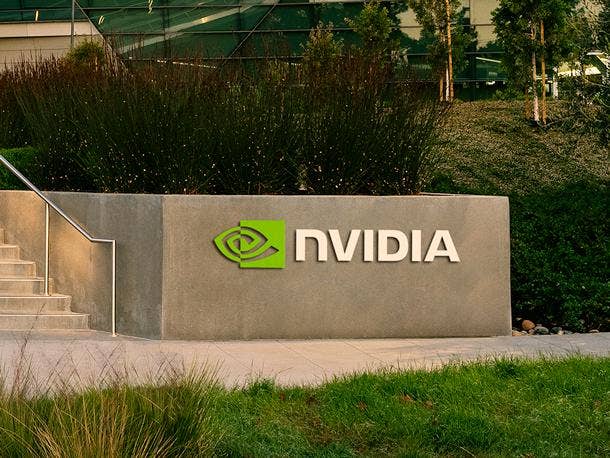
The New King In Computing?
Nvidia would like you to think that it’s the most important computing company of this generation, and it certainly has a few things going on that would support that assertion.
The Santa Clara, Calif.-based company’s GeForce GPUs for gaming are popular as ever, and its data center GPUs have continued to sell fast as enterprises begin to accept the component as critical for accelerating next-generation workloads.
[Related: Nvidia’s Manuvir Das: We ‘Mimicked’ VMware For Enterprise AI]
But CEO Jensen Huang is not content to let Nvidia just be the leader of GPU computing. He is eyeing a much bigger prize in the compute market that includes data processing units, purpose-built systems, enterprise software and eventually CPUs that can take on the best from Intel and AMD.
What follows are the 10 biggest Nvidia news stories of 2021 so far, ranging from new enterprise software, programs and GPUs to new AI records, chip shortages and hurdles in the company’s effort to acquire British chip designer Arm for $40 billion.

10. AI Chip Startups Raise Hundreds Of Millions To Challenge Nvidia
Several AI chip startups have raised hundreds of millions of dollars this year so far to challenge Nvidia in the fast-growing market.
Among the AI chip startups that have raised money is SambaNova Systems, raised a $676 million funding round led by SoftBank Group that also included the venture arms of Google and Intel. The startup is using the funding to grow market share against Nvidia and other competitors with its subscription-based Dataflow-as-a-Service AI platform, which relies on SambaNova’s RDU-based DataScale system to deliver what it says are “unmatched capabilities and efficiency” for AI.
Other AI chip startups with new funding rounds in 2021 include Groq, which announced a $300 million round in April for its Tensor Streaming Processors; Lightmatter, which announced an $80 million round from Hewlett Packard Enterprise, Google’s venture arm and other investors for its silicon photonics chip technology; and SiMa.ai, which raised $80 million in funding from Dell Technologies Capital and other investors for its Machine Learning System-on-Chip.
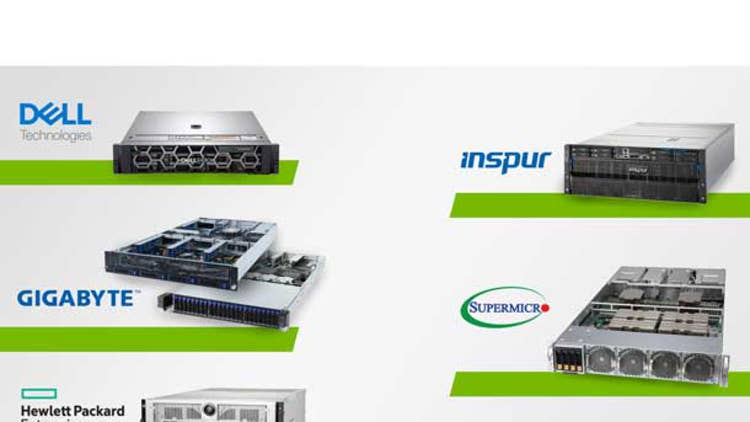
9. Nvidia-Certified Systems Program Launches To Steer Customers To Optimized Builds
Nvidia reached a new level of maturity in the data center market when it announced in January a new certification program that is meant to steer customers and partners to buy select GPU servers that will provide optimized AI performance.
The company called its new Nvidia-Certified Systems program an industry first because of the emphasis on testing the servers for “real life” workloads for AI and ensuring that such workloads can be supported in large server deployments. Nvidia kicked off the program with 14 certified GPU servers from Dell Technologies, Hewlett Packard Enterprise, Gigabyte, Supermicro and Inspur. By the middle of 2021, the company had more than 50 servers in the program, with additions planned later in the year.
All systems have been certified to provide optimized performance for AI applications, frameworks and domain-specific software development kits from Nvidia’s NGC repository of GPU-accelerated software. Customers who buy certified systems will also receive enterprise support from Nvidia and OEM partners
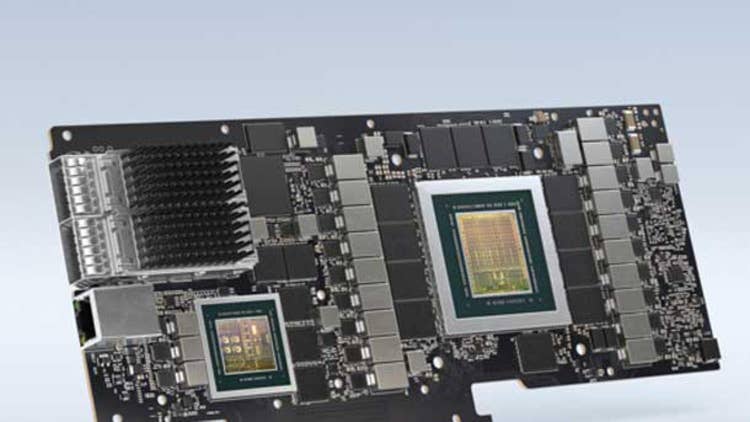
8. Nvidia Continues BlueField DPU Push With Servers, Application Support
Following last year’s reveal of Nvidia’s roadmap for BlueField data processing units, the chipmaker continued its push for the new product category with details of a next-generation product, the first batch of certified servers that run DPUs and applications that will benefit from the component.
Nvidia said BlueField-3, which is due out in early 2022, will be capable of offloading up to 300 CPU cores’ worth of networking, storage and security workloads in data centers. That’s 10 times greater offload capability than the company’s latest DPU in the market, BlueField-2.
To push adoption among enterprises, the chipmaker announced that Nvidia-certified servers with BlueField-2 DPUs are expected to arrive this year from ASUS, Dell Technologies, Gigabyte, QCT and Supermicro. The company also announced that Palo Alto Networks has designed its new virtual next-generation firewall to take advantage of BlueField DPUs.
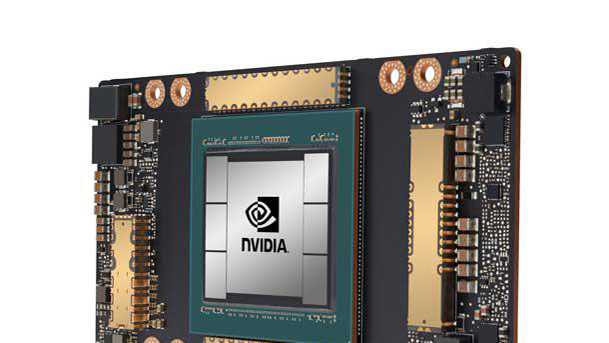
7. Nvidia A100 Breaks 16 AI Performance Records In MLPerf Benchmarks
Nvidia announced in July that its A100 broke 16 AI performance records in the latest MLPerf benchmarks for training, which the company said makes the data center GPU the fastest for training performance among commercially available products.
The company broke the records with its A100-powered DGX SuperPOD supercomputer, delivered lower training times than other commercially available solutions for the ResNet 50 image classification model, the NLP BERT model, the DLRM recommendation model and the Transformation translation model and MiniGo reinforcement learning model, among others.
A few months earlier, Nvidia said that it set records in every category for the latest MLPerf benchmarks for inference, which included data center and edge categories. The company said it also demonstrated the ability to run all seven MLPerf Offline tests on a single GPU using the Multi-Instance GPU capability of its Ampere architecture, which showed nearly identical performance to a single GPU instance.

6. Nvidia’s Enterprise Data Center Biz Grew Faster Than Hyperscale Biz For 1st Time
Nvidia reported in February that data center GPU sales through OEMs to vertical industries grew faster than revenue from hyperscalers for the first time in the company’s history, marking what CEO Jensen Huang called the next wave of AI adoption.
The shift in sales during the chipmaker’s fourth quarter of its 2021 fiscal year meant that organizations in verticals ranging from financial services and higher education had higher compute needs than some of the world’s largest consumers of data center infrastructure, which include tech giants like Facebook, Microsoft, Amazon and Google, at least for Nvidia’s latest quarter.
“All of these industries, whether you’re in medical imaging or in lawn mowers, you’re going to have data centers that are hosting your products, just like the [cloud service providers], and so that’s a brand-new industry,” Huang (pictured) said.
During the May earnings call for Nvidia’s first quarter of its 2022 fiscal year, Huang said that enterprises represented more than 50 percent of the company’s data center business.

5. Nvidia Launches Cambridge-1, U.K.’s Fastest Supercomputer
Nvidia in July announced the launch of Cambridge-1, an A100-powered supercomputer in the United Kingdom that will be used to accelerate research for the life sciences industry.
The company said Cambridge-1 ranks among the world’s 50 fastest supercomputers, and it was made possible by a $100 million investment from the chipmaker. The first organizations to take advantage of the supercomputer include AstraZeneca, GSK and King’s College London, the latter of which will use the supercomputer to research brain diseases like dementia.
The Cambridge-1 is, at least in part, meant as a gesture of Nvidia’s commitment to the U.K., where the chipmaker is set to acquire one of the country’s most strategic companies, British chip designer Arm. The supercomputer is set to become a part of a new AI Center of Excellence in Cambridge, U.K., where Nvidia has plans to eventually launch an Arm-based supercomputer.

4. Nvidia Makes Enterprise Push With New Software, GPUs
Nvidia is making its biggest push yet into enterprises this year with new software and GPU products for AI, 3D design and other GPU-accelerated applications.
At the top of the new offerings is Nvidia AI Enterprise, a suite of software that allows organizations to run GPU-accelerated applications in traditional data center infrastructure with VMware’s vSphere virtualization platform. Servers in the Nvidia-Certified Systems program are all certified to run and deliver optimized performance for Nvidia AI Enterprise.
Other enterprise software offerings announced this year include Nvidia Base Command, a cloud-hosted development hub that provides access to a wide range of AI and data science tools; Nvidia Fleet Command, a managed services platform for deploying and managing AI applications at the edge; and Nvidia Omniverse Enterprise, a 3D design collaboration platform that lets designers work together across multiple software suites in real time.
New GPUs for enterprises include the Nvidia A10, which supports a mix of AI and graphics workloads; the Nvidia A16, which accelerates virtual desktop infrastructure performance; and the Nvidia A30, which supports a broad range of AI inference and mainstream enterprise compute workloads.
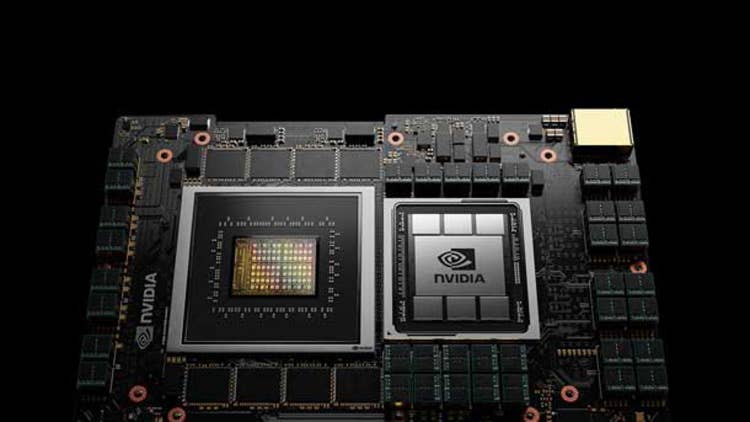
3. Nvidia Reveals Arm-Based Data Center CPU For AI, HPC
Nvidia on April 12 revealed an Arm-based data center CPU for AI and high-performance computing it said will provide 10 times faster AI performance than one of AMD’s fastest EPYC CPUs, a move that will give the chipmaker control over compute, acceleration and networking components in servers.
The new data center CPU, named Grace after computing programming pioneer Grace Hopper, will create new competition for x86 CPU rivals Intel and AMD when it arrives in early 2023, the launch window Nvidia CEO Jensen Huang provided during the company’s virtual GTC 2021 conference in April. The move comes as Nvidia seeks to close on its controversial $40 billion acquisition of Arm, whose CPU designs are being used for Grace.
With the introduction of CPUs to Nvidia’s portfolio, Huang said its data center product roadmap will now consist of three product lines — GPUs, data processing units (DPUs) and CPUs — and each product line will receive an updated architecture every two years. In a new roadmap, Nvidia showed that a next-generation Grace CPU is due out around 2025 following the release of a third-generation Ampere GPU and a BlueField-4 DPU the year before.

2. Nvidia Struggles To Fulfill Strong GPU Demand Amid Global Chip Shortage
Nvidia’s GPUs have been selling so fast the company has struggled to keep up with demand, which has resulted in shortages, inflated prices and shifts in strategy for how the chipmaker sells the products.
The chipmaker was among the companies last year to enjoy a pandemic-induced surge in spending on PCs and data centers, resulting in record revenues. Fast forward to mid-2021, and that surge has not let up, particularly on the consumer side. That means GeForce GPUs from Nvidia and the company’s add-in board partners are only available for minutes or even seconds when new stock comes online, which has prompted some retailers to instate lotteries.
To create a better balance of supply between gamers and cryptocurrency users, Nvidia has introduced new GeForce GPUs with diminished mining capabilities as well as a new line of purpose-built cryptocurrency mining processors.
During Nvidia’s latest earnings call in May, CFO Colette Kress said the company expects GPU supply to remain tight for the rest of the year.
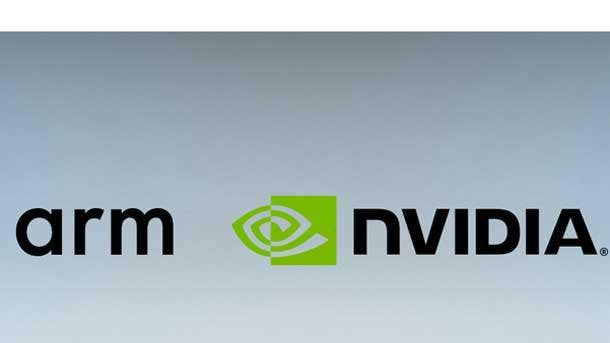
1. Nvidia-Arm Deal Faces Scrutiny From Regulators, Big Tech Companies
Nvidia’s proposal to acquire British chip designer Arm for $40 billion is receiving scrutiny on multiple fronts, including in the United Kingdom, where the government’s Competition and Markets Authority is undergoing an investigation into potential national security, competition and jurisdiction issues.
The U.K.’s Competition and Markets Authority said it delivered its report on such concerns to Digital Secretary Oliver Dowden, who is now expected to make a decision on whether to clear the acquisition, clear it with certain conditions or call for a phase two investigation. At the same time, The Telegraph reported that the European Commission’s decision on the deal could be delayed because the regulatory body has yet to receive necessary documents from Nvidia.
The Nvidia-Arm deal is reportedly facing scrutiny from Microsoft, Google and Qualcomm, the latter of which has voiced its opposition to the deal in comments to the Federal Trade Commission, the European Commission, the U.K.’s Competition and Markets Authority and China’s State Administration for Market Regulation. In addition, Intel CEO Pat Gelsinger recently reiterated in an interview with CRN that his company is concerned about Nvidia acquiring Arm. At the same time, chipmakers Broadcom, MediaTek and Marvell have all voiced support for the deal.